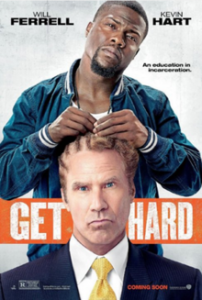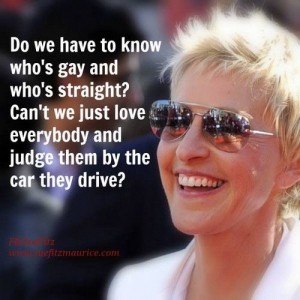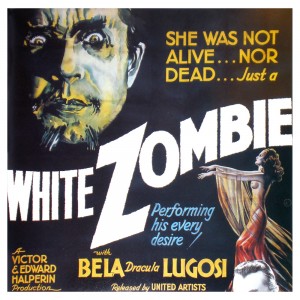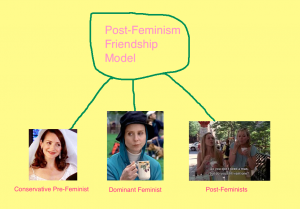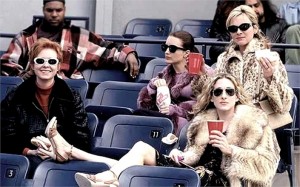In Theresa White’s, Missy “Misdemeanor” Elliott and Nicki Minaj: Fashionistin’ Black Female Sexuality in Hip-Hop Culture – Girl Power Or Overpowered?, looks at the consequences of being a female in the hip-hop industry through an objectification lens. In particular she focuses on Nicki Minaj and Missy Elliot. They are both prominent figures in hip-hop but use their bodies and sexuality in different ways to advocate for female empowerment. In particular, Missy Elliot uses her sexuality in order to dominate; she exudes power through her music and personality that attempts to overthrow the patriarchy and promote female empowerment (White, 2013). Missy has a conscious understanding of the objectification of black women in hip-hop and I believe she chooses this unique way of marketing herself in order to have it all. She is a powerful rapper and successful business woman but also is considered a feminist pillar in the music industry.
In class, Simone Bridgewater introduced the 7 principles of music video analysis by Andrew Goodwin which outlines stereotypical music video attributes in order to better interpret what they mean contextually to society. Using the 7 principles, I analyzed a Missy Elliot video ‘Work it’, which is one of my favourite songs, it hits all the principles he proposes except for one which is female objectification. Considering she was a huge part of hip-hop taking over the music scene in the early 00’s, Missy never objectified women in her videos especially herself. In addition, she makes fun of the stereotypical hip-hop video tropes like strippers and money and includes great mostly female choreography. It is interesting that more recent hip-hop music videos are over-saturated with sexualizing all females who appear in the video and it seems Missy was a trailblazer during the height of her popularity. What’s particularly interesting in her videos are the close-ups on her face while she raps in ‘Work it’, in the goodwin principles this falls under voyeurism, but unlike objectification, it is not exploitive instead it is respectful to her artistry and displays her craft beautifully.
Ultimately it is hard to predict if the hip-hop industry will change the objectification pattern in their music videos, it is nice however to see that Missy Elliot is continuing to make music and videos in the feminist style that she is best known for.
https://www.youtube.com/watch?v=cjIvu7e6Wq8
White, T. R. (2013). Missy “Misdemeanor” Elliott and Nicki Minaj Fashionistin’Black Female Sexuality in Hip-Hop Culture—Girl Power or Overpowered?. Journal of Black Studies, 44(6), 607-626.

